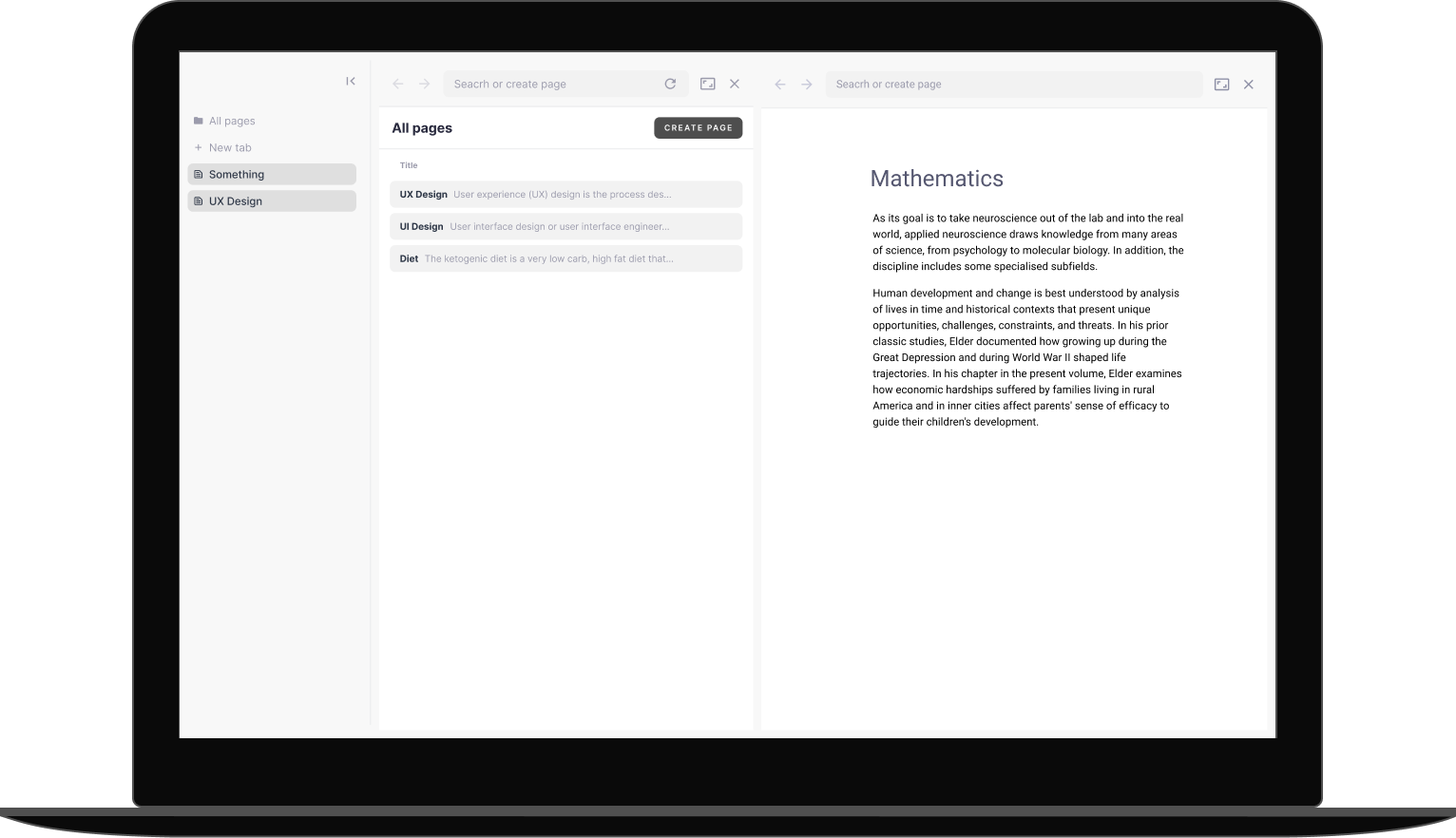Organizations must manage vast amounts of data in today's digital world to make better decisions. This requires a lot of effort to ensure that the data is accurate, up-to-date, and easily accessible to those who need it.
To manage the process and make the most of all that data, companies turn to knowledge management solutions. Knowledge management is a way of collecting and using information more capably.
Effectively managing knowledge is more important now than ever. Over the last few years, global upheavals and the transition to remote and hybrid work have exposed inefficiencies, risks, and knowledge gaps for many organizations.
As a result, awareness is growing—60% of knowledge management professionals surveyed said they currently see the field as either thriving or gaining ground. Moreover, two-thirds said their organizations plan to increase focus on knowledge management over the next 12–18 months.
Find out more about knowledge management, including its key benefits and tools to make it work for you.

You might be wondering, what is knowledge management? You may have explored the idea of personal knowledge management, but managing knowledge in this context refers to organizational knowledge.
It’s a rapidly growing field, and researchers acknowledge that there are currently several overlapping but inconsistent definitions. One of the most famous and succinct definitions of knowledge management came from Tom Davenport in the 1990s:
"Knowledge management is the process of capturing, distributing, and effectively using knowledge."
In other words, it's a way to create, store, and share information within an organization to be used by employees. These days, there are many different knowledge management models and frameworks, but they all share the same goal—to help organizations improve their performance by making better use of collective knowledge.

The key to managing knowledge is to understand that it comes in different forms, and each is handled differently. There are several frameworks that outline the various dimensions of knowledge. The SECI or Nonaka-Takeuchi model of knowledge dimensions is one of the most commonly used and popular models. Developed by Ikujiro Nonaka and Hirotaka Takeuchi, the model describes the formation of organizational knowledge.
According to the model, there are three primary types of knowledge::
Because of their unique qualities, each type of knowledge requires different management strategies. For example, explicit knowledge is easy to document and store in a knowledge base or company manual, while tacit knowledge is more difficult to capture and often requires employee training or mentorship programs.
Understanding and effectively managing knowledge is essential for any organization that wants to stay ahead of the competition. Research identifies knowledge as "a key resource" for achieving sustained competitive advantage. It facilitates efficient and effective company processes and helps produce quality products and services.
Knowledge management has many benefits, but these are among the most important. Managing knowledge at every stage of the process can help organizations achieve their goals and improve their bottom line.

With so many benefits, it's no wonder that more and more organizations are looking to implement knowledge management. But where do you start? The process of knowledge management can be broken down into six basic steps:
When these steps are followed sequentially, they form an ongoing process that transforms data into knowledge. While each action seems relatively straightforward, the overall process can be challenging. Organizations must have the right mix of people, processes, and technology to manage knowledge effectively.
Technology plays a vital role in obtaining, transmitting, and storing certain types of information, according to researchers. Knowledge management tools are used to gather and organize both internal and external organizational knowledge. These tools are commonly included as features in knowledge management software, but many are also available separately.
To benefit from effective knowledge management, all employees in a company should have access to the same information. The most effective knowledge management tools in your company's tech stack will organize and align information that employees can access.
There are a variety of tools available for knowledge management, including:
Popular choices: Docuwiki, Notion
Popular choices: Google Drive, Confluence
Popular choices: Wordpress, Joomla, Drupal
Popular choices: Pipedrive, Salesforce
Popular choices: Fishbowl, Katana
Popular choices: Asana, Trello
These are just a few types of knowledge management tools available. When choosing a tool for your business, consider what organizational knowledge you need to manage. Other factors like your existing information technology and how many team members will use the tool are also helpful.
When your team is equipped with the right tools and techniques, a knowledge management strategy can be tailored to fit your organization's specific needs. Many business processes and initiatives benefit from well-managed knowledge, including:
There are many other forums where knowledge management can be beneficial, such as organizing information for writing business plans and managing information overload. If you want to improve your organization's performance, it's worth considering a knowledge management strategy.

If you're ready to implement a knowledge management program in your organization, consider these tips.
How much knowledge do you need to accomplish your goals? What does your ideal customer look like? What processes do you need to implement to collect and share company knowledge?
Once you've identified your goals and key stakeholders, you can start developing a knowledge management plan. This plan should include a process for collecting, storing, and sharing knowledge and a strategy for tracking and analyzing it.
Choosing the right technology for your company and team members is your choice. This could be as simple as setting up a folder structure on your company's intranet or using a tool like Google Drive or one of the many tools above.
Once you've implemented the tools and technologies, you'll need to train your employees on critical competencies. Ensure they have the resources they need to succeed, such as tutorials, user guides, and training materials.
Company culture is highly influential. Create an organizational culture of knowledge sharing by recognizing and rewarding employees for sharing their knowledge.
What goals did you set out to achieve? Are you meeting those goals? What changes can you make to improve your approach?
As your organization grows and changes, so too should your strategy for managing knowledge. Plan for routine optimization so you can review lessons learned and make necessary adjustments.

Forget about trying to "find it again" - it's all at your fingertips, meaningfully organised in one app.
Learn moreWhen done effectively, knowledge management can positively impact all aspects of an organization, from increased collaboration to improved customer service. Implementing knowledge management has challenges, but the benefits make it worthwhile.
Ultimately, people are the key to successful knowledge management. When team members are willing to engage in knowledge transfer and effectively communicate with each other, knowledge management can help organizations reach their full potential.
I hope you have enjoyed reading this article. Feel free to share, recommend and connect 🙏
Connect with me on Twitter 👉 https://twitter.com/iamborisv
And follow Able's journey on Twitter: https://twitter.com/meet_able
And subscribe to our newsletter to read more valuable articles before it gets published on our blog.
Now we're building a Discord community of like-minded people, and we would be honoured and delighted to see you there.